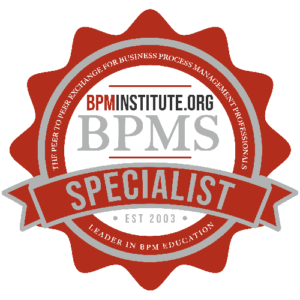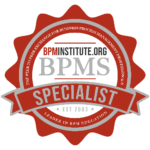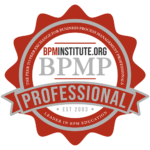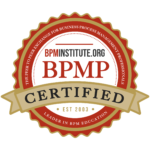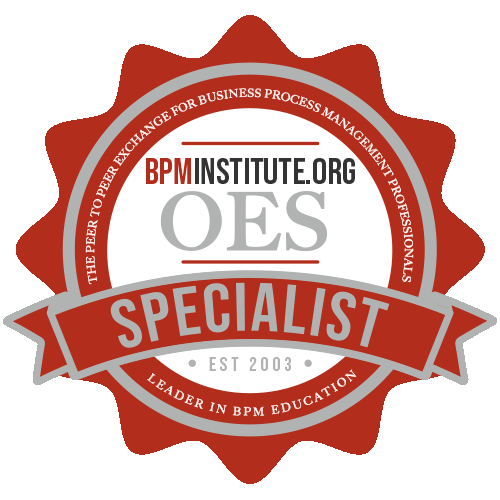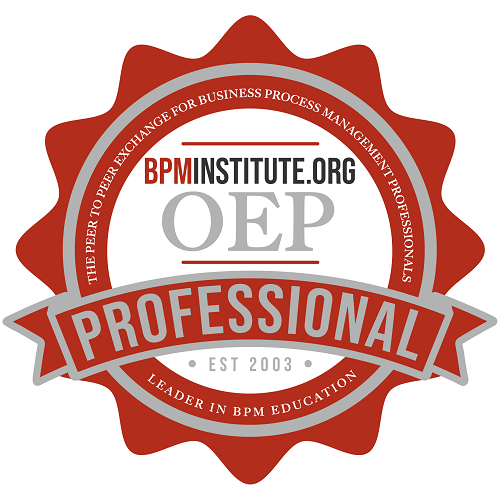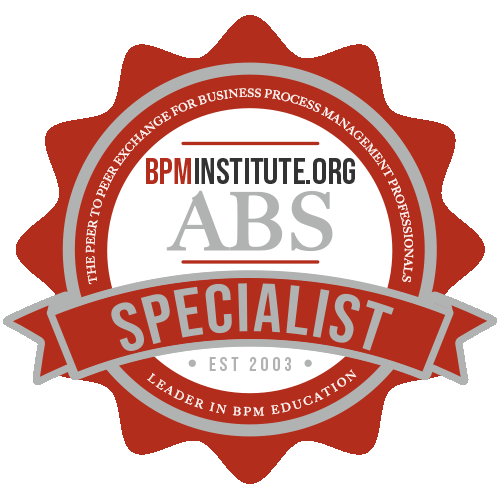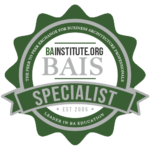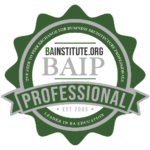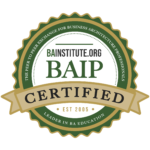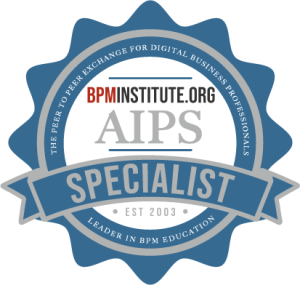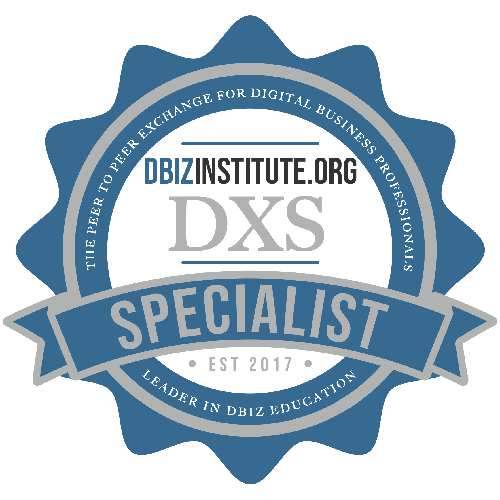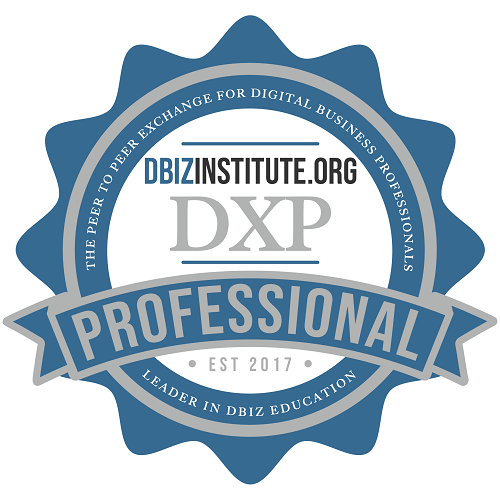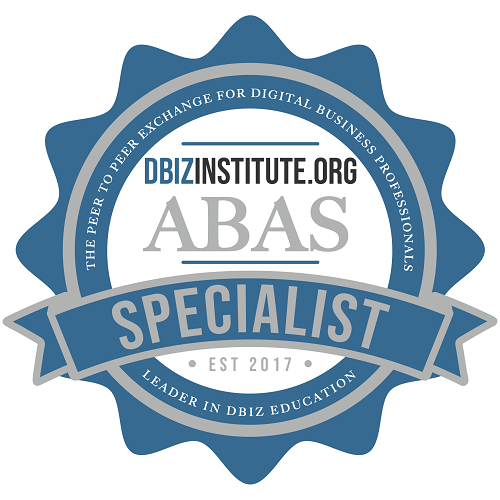Home / Resources
Resources
Discover a Wealth of BPM Knowledge and Expertise at BPMInstitute.org!
BPMS Watch: Agility and BPMS Architecture
In addition to the hard benefits of improving employee productivity and reducing cycle time, BPMS offers the strategic benefit of agility, meaning enhanced responsiveness to the continual shifts in both the competitive landscape and regulatory compliance environment. BPMS fosters agility by allowing new cross-functional process solutions to be developed and deployed quickly, and by enabling the rules that drive them to change with minimal development effort.
Case Study: Business Process Management – Applying Best Practices to Sales and Operations Planning
Polaroid was a company in recovery, needing to balance the Sales & Operations Planning functions in order to save money and resources. Ideally, planners could continually adjust SKU/sub-SKU demand and production while matching the business to marketplace realities. Polaroid with IBM created a solution to provide management with a continuous view of the future, enabling them to provide conscious, top-down direction.
Mark Payne is Vice President of Operations for Polaroid Corporation.
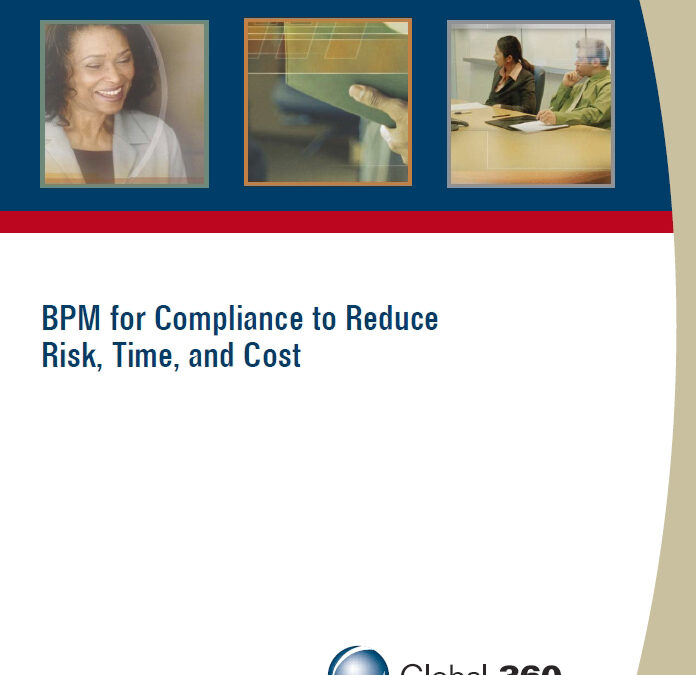
BPM for Compliance to Reduce Risk, Time, and Cost
Most organizations have now had a taste of what’s involved in complying with regulatory mandates, whether for HIPAA or for SOX section 404, and they are realizing a better, more cost effective way of managing these initiatives is needed. Learn how companies can implement a compliance management approach that:
The Enterprise Service Bus
Suddenly every platform vendor worth its salt is introducing an Enterprise Service Bus (ESB). So, what’s going on and why is this important? Simply put, it represents the evolution of middleware from the era of “hub and spoke” and application servers to an abstracted model that is tailor-made for the movement to a service-oriented architecture. In our view, the only way to get the needed scalability and robustness in a world where we can’t predict outcomes is through this abstracted model.
In a perfect world, all vendors would implement this infrastructure in a common and consistent way.

Getting Started in BPM
While there is no one right way to get started in BPM, there are some guidelines that will make your life a lot easier. It should be remembered that getting started in BPM will be based on a belief in process oriented operational improvement and your ability to sell BPM to your management.
Although BPM may well become a strategic initiative in your company, the simple fact is that it is unlikely that many BPM efforts will get started at the enterprise level with formal strategies and aggressive adoption plans.

Understanding the Enterprise Business Architecture
During the past several years, many companies have implemented Business Process Management (BPM) initiatives with great success. You can find several web sites and research companies providing excellent information about BPM frameworks, methodologies and approaches. Some provide monthly bulletins and newsletters which can keep you current on the progress of these initiatives and their emerging capabilities.
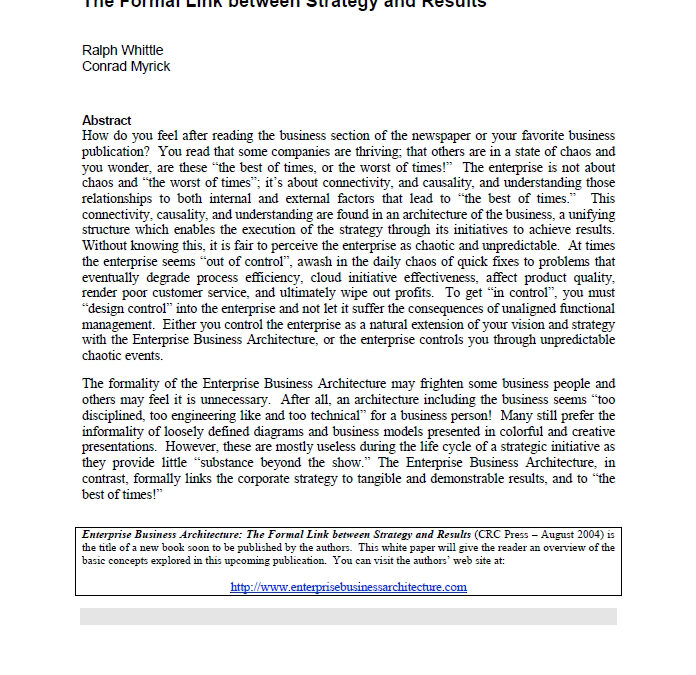
Enterprise Business Architecture: The Formal Link between Strategy and Results
How do you feel after reading the business section of the newspaper or your favorite business publication?

Understanding Business Rules as a Key Enabler for Business
For many organizations, business rules represent their core differentiating offerings. This is particularly true in industries where the product offering is actually a service that is implemented by complex software systems. The financial services industry, such as banking, insurance, finance, loan processing and credit cards, is a prime example of a domain (or many domains) where business rules take center stage and are the MVPs of differentiation.
Who Supports BPM in Your Organization?
It has been almost three years now since BPM was first conceived as a breakthrough technology and transforming strategy so why is it that many organizations have still not fully implemented BPM technology let alone developed an enterprise BPM strategy? One key factor is the lack of focused IT support. Who supports BPM in your organization? Most organizations will answer – “Well, there really are multiple people…” and those are the ones who don’t just give you a blank stare.

Business Performance Management Meets Business Process Management
Interest in business process management (BPM) continues to accelerate. Users increasingly offer the right responses to questions about their interest in BPM technology. Despite good business drivers, however, many companies struggle to get started. Too often, the business leaders can’t agree on what it means to be ‘adaptive’ or ‘more efficient.’ Until business leaders agree on process and performance goals and quantify metrics that reflect these objectives, any BPM initiatives will be investments in technology for technology’s sake.

The Process-Centric Company and the Value of BP Frameworks
Ken Orr is the founder and chief scientist for The Ken Orr Institute, a business technology research organization. He is an internationally known and recognized expert on technology transfer, software engineering, information architecture, and data warehousing.
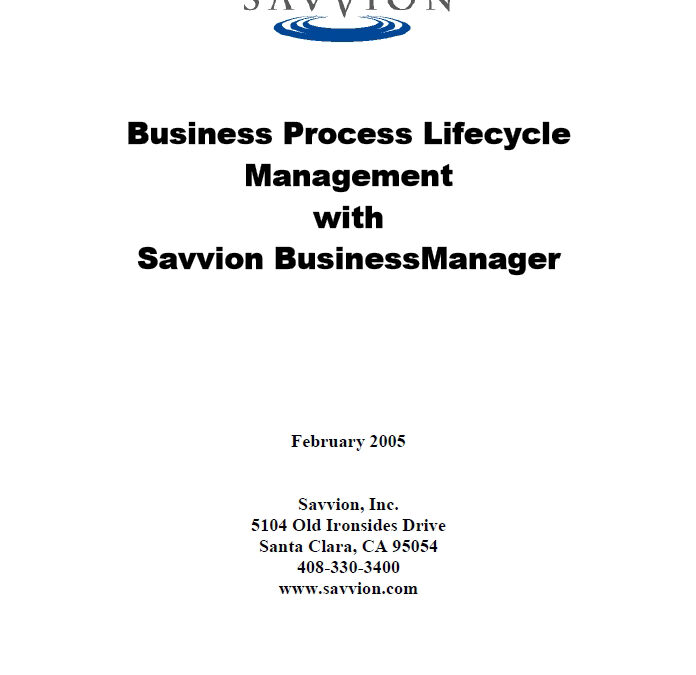
Business Process Lifecycle Management with Savvion BusinessManager
Savvion’s award winning Business Process Management system, Savvion BusinessManager™, enables organizations to automate and manage critical business processes by integrating the people and systems that execute those processes. From supply-chain to service management, help desk and employee self-service applications, Savvion’s unique lifecycle approach to process enables business and IT to collaborative to deploy process improvement initiatives in less than 90 days while delivering a 200% – 300% return on investment.

Performance Measurement: Correcting Measurement Myopia
![]()
This article originally appeared in the members only BPM Strategies Magazine. Join today to receive your own copy.
BPMS Watch: BPMS and Business Rules
From its earliest beginnings back in the 1980s, process automation technology has always emphasized the notion of “rules-based” logic. Meanwhile, in parallel, a completely independent technology evolved for the enforcement and management of business rules, primarily for decision support. While many BPMS vendors have shamelessly promoted their own process models as examples of “business rules,” process engines and business rule engines – and their respective notions of rules – are actually very different.
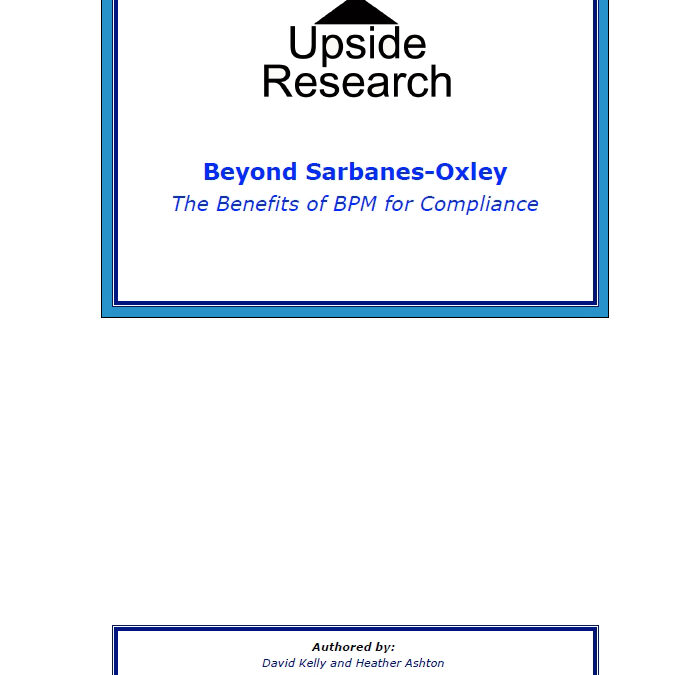
Beyond Sarbanes-Oxley Compliance: The Benefits of BPM for Compliance
Forward-looking organizations realize that BPM-based SOX compliance solutions will not only meet their initial regulatory needs, but also provide the long-term framework for strategic risk management and process control. Creating compliance “Inside” business process controls enables an organization to go beyond documenting and evaluating SOX controls to actually remediating deficient controls and enforcing them within their business processes.
Case Study: Process Thinking Applied to a Large Merger
The $20 Billion Dow Chemical Company merged with the $6.5 Billion Union Carbide Corporation in 2000. The combined company had to merge thousands of operations worldwide in a short time. Stephen Graham was in charge of the merged supply chains. He analyzed the work processes, sub-processes and associated activities so the merger would work from the first day.
Dow Chemical used the “Most Effective Technology” (MET) concept, with alignment to the business strategy, the metrics, and the organization.
Graham pointed out that over 60% of mergers and acquisitions fail to create value.
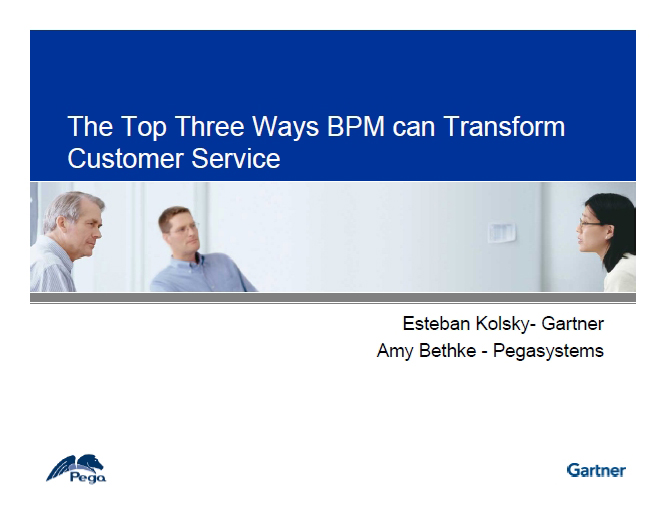
Top Three Ways BPM Can Transform Customer Service
What if you could set your business goals for customer interaction and have your systems automatically meet those goals by driving the process for the right customer at the right time? What if your business processes weren’t focused on specific departments or channels, but were truly customer-centric and bridged your entire enterprise? And, what if you could introduce new products, services, and operational procedures within weeks instead of months? The result? The ability to transform your customer service operation and achieve quantum leaps in retention, productivity, and growth.
Managing Processes for Performance: Applying Performance Management to your Business Processes
Business Process Management (BPM) technology continues to grow and mature. Yet the breadth and complexity of business processes seems to be expanding at an even faster pace.
Driven by massive reductions of transaction costs, a new generation of business redesign possibilities is being exploited by businesses to gain competitive advantage.

The Case for Establishing a BPO
Weak supply chain agility, poor management visibility and control, inefficient productivity and utilization of resources, and inadequate risk management are the results of poor processes. Slow delivery of IT solutions to improve these process problems results in lost...

Is There a Source Rule Repository for *Real* Business Rule Management in your Future?
More and more corporations are realizing the benefits of separating and externalizing their business rules from code, documents and even people’s heads. Fortunately, there are business rule harvesting methods (such as KPI STEP™) and BRE technology that is in place today that assist corporations in documenting, analyzing and implementing business rules in a separate technology. One critical issue to address is where an organization will store the business rules aimed at the business audience. What tools should they use for their source rule repository?
